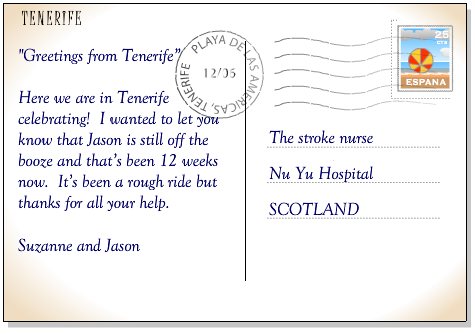Rosemary has a right-sided weakness. Whilst she has good recovery of movement at her shoulder it is still weak. She has limited movement in her hand and wrist and at present her right arm is not functional. She is mobile with a stick and requires supervision when mobilising outdoors. Rosemary has muscle weakness around her ankle and therefore requires an ankle/foot orthosis (splint) for walking. She needs assistance to put the splint and her right shoe on. Rosemary is normally right-handed.
A home visit was completed and identified that Rosemary will require some equipment for her toilet and bath and a banister rail fitted on the internal stairs. She will need to be supervised on the stairs and her family are happy to assist with this when she is discharged.
Rosemary has some communication problems – word-finding difficulties, problems with reading, and requires time to process things which are said to her.
The multidisciplinary team has arranged for Rosemary to be seen at home by the Stroke Nurse, Community Rehabilitation Occupational Therapist, out-patient Physiotherapist and by the locality Speech & Language Therapist.
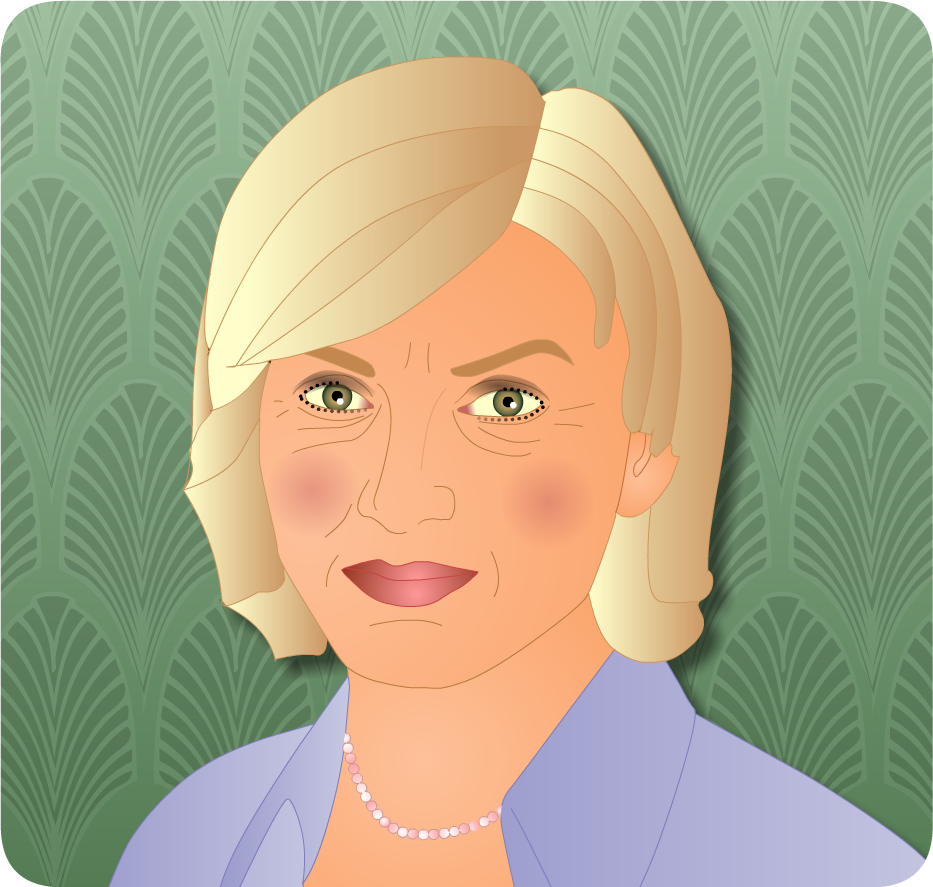
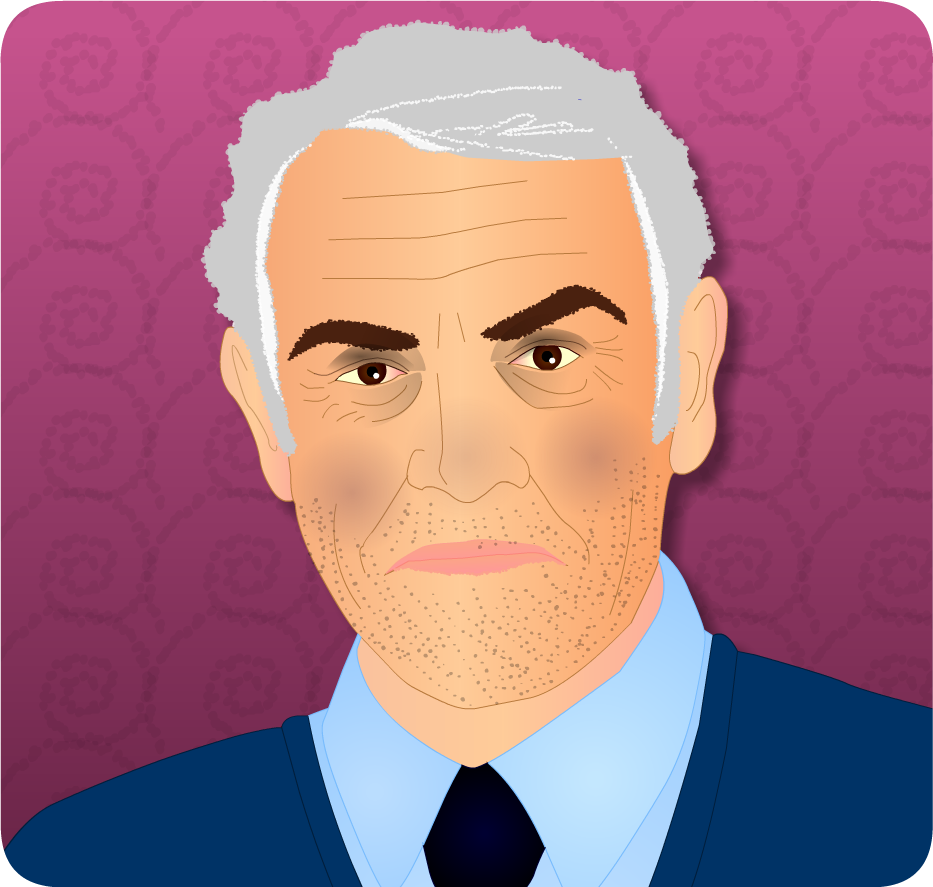
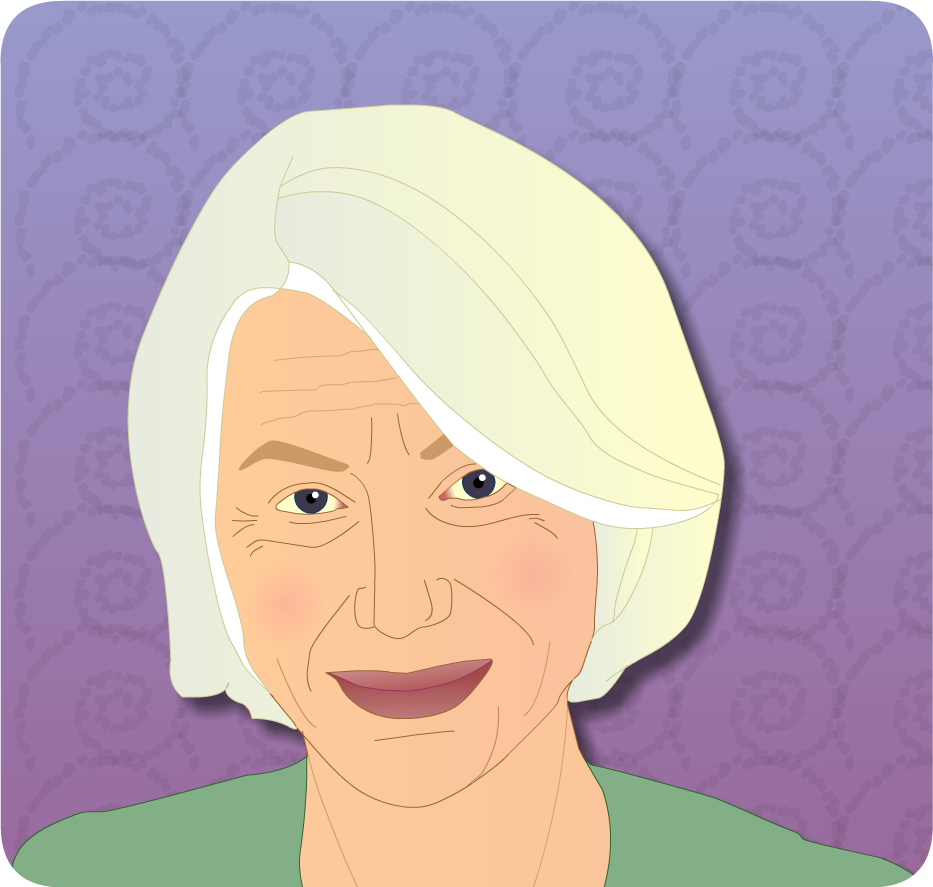 Flora: Driving
Flora: Driving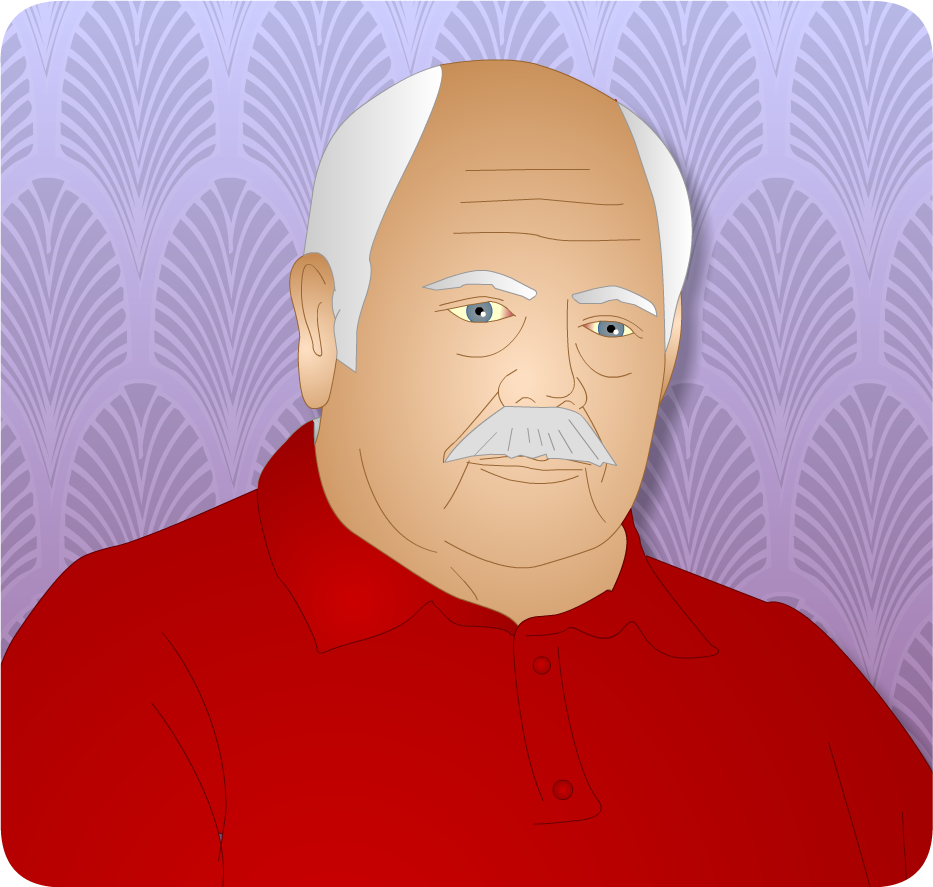 Mr McGuire: Leisure
Mr McGuire: Leisure

